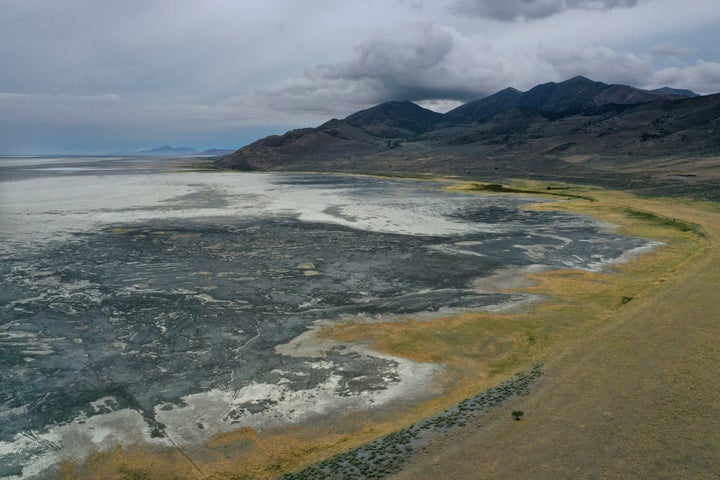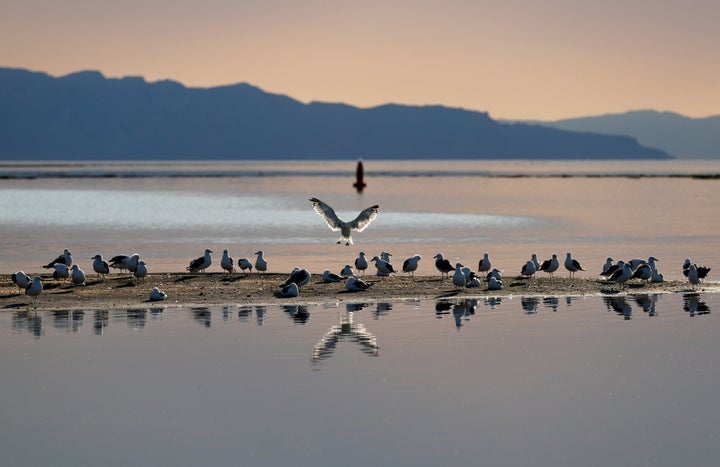Utah’s Great Salt Lake, the largest saltwater lake in the Western hemisphere, could dry up completely within five years if water consumption is not significantly curbed, researchers warn.
“The lake’s ecosystem is not only on the edge of collapse. It is collapsing,” Benjamin Abbott, a professor of ecology at Brigham Young University and the lead author of a new report on the lake, told CNN. “The choices we make over the next few months will affect our state and ecosystems throughout the West for decades to come.”
The lake’s levels have been at record lows for two years in a row. If the water continues to drop at the same rate that it has since 2020, “the lake as we know it is on track to disappear in five years,” the report states.

The lake has been steadily shrinking because so much water from the rivers and streams that feed it is being redirected for human use. This is exacerbated by the climate change-fueled megadrought that has been parching the U.S. West for years, with less rain and snow entering the water system.
The Washington Post noted that more than 70 percent of the state’s water use goes towards growing crops to feed livestock.
The Great Salt Lake’s unique ecosystem makes it an important resource for migratory birds. An estimated 10 million birds depend on the lake’s brine shrimp and flies. It’s also an essential breeding ground for pelicans.

The lake disappearing poses hazards to human health as well. When salt lakes dry up, their exposed beds become sources of harmful dust that pollutes the air, and the longer the exposed bed stays dry the more dust escapes.
The Brigham Young report includes numerous recommendations for saving the lake, including increased federal and state funding for conservation efforts, supporting farmers to transition to crops that use less water, and expanding programs aimed at removing turf and planting native vegetation that needs less watering.
“We are in an all-hands-on-deck emergency, and we need farmers, counties, cities, businesses, churches, universities, and other organizations to do everything in their power to reduce outdoor water use,” the report states. “We believe that our community is uniquely suited to face this challenge, but only if we implement a unified and pioneering rescue.”

